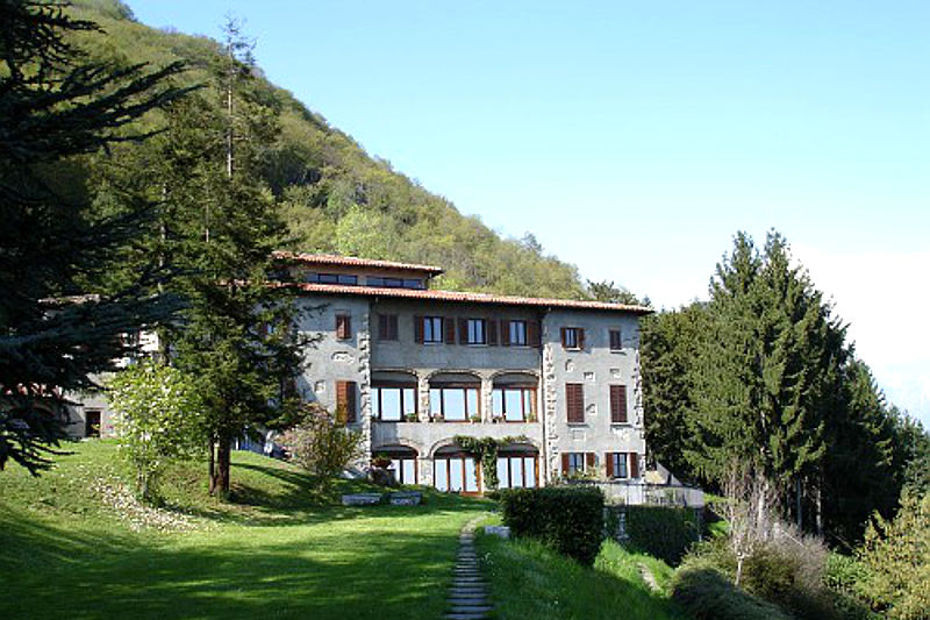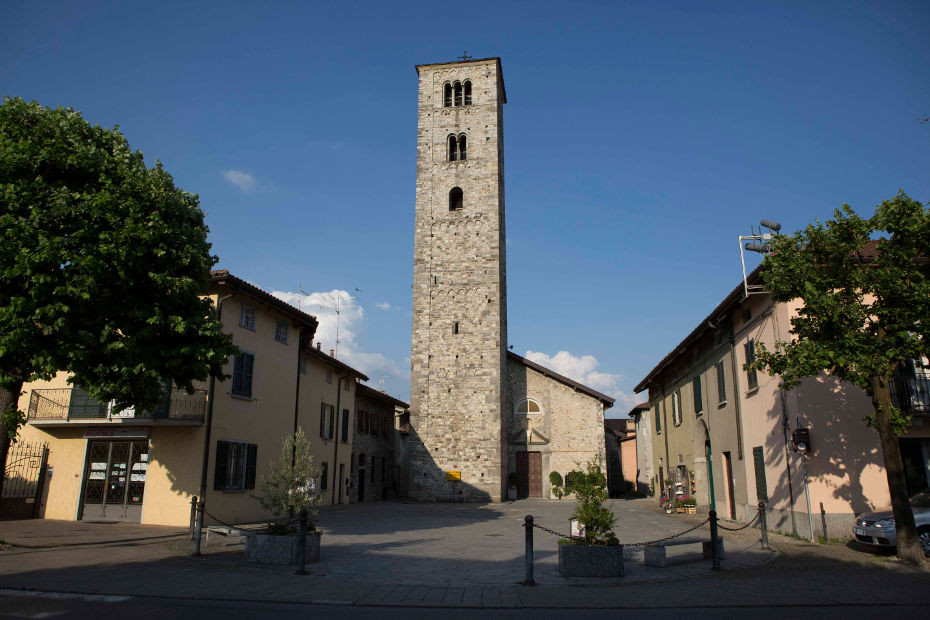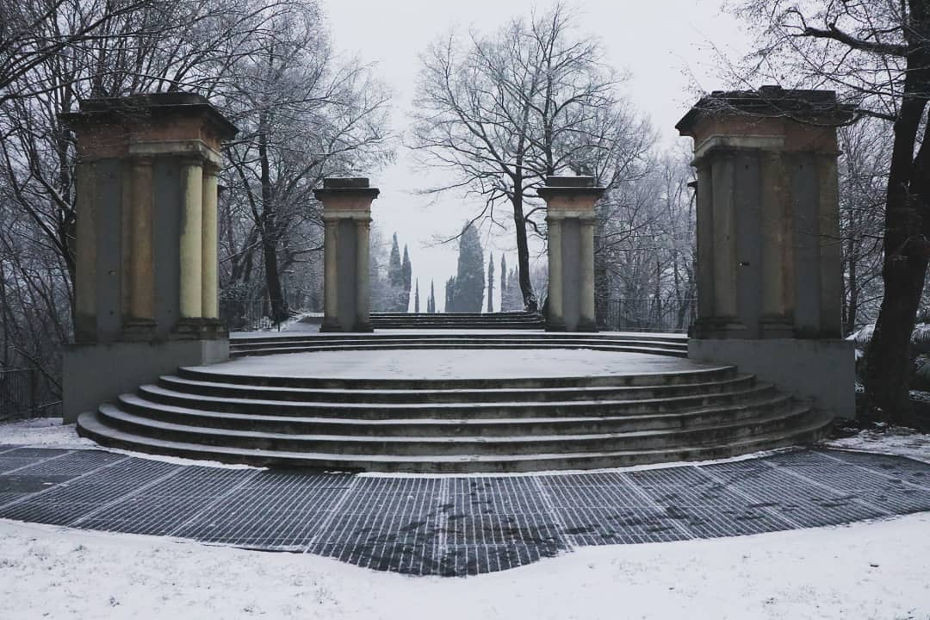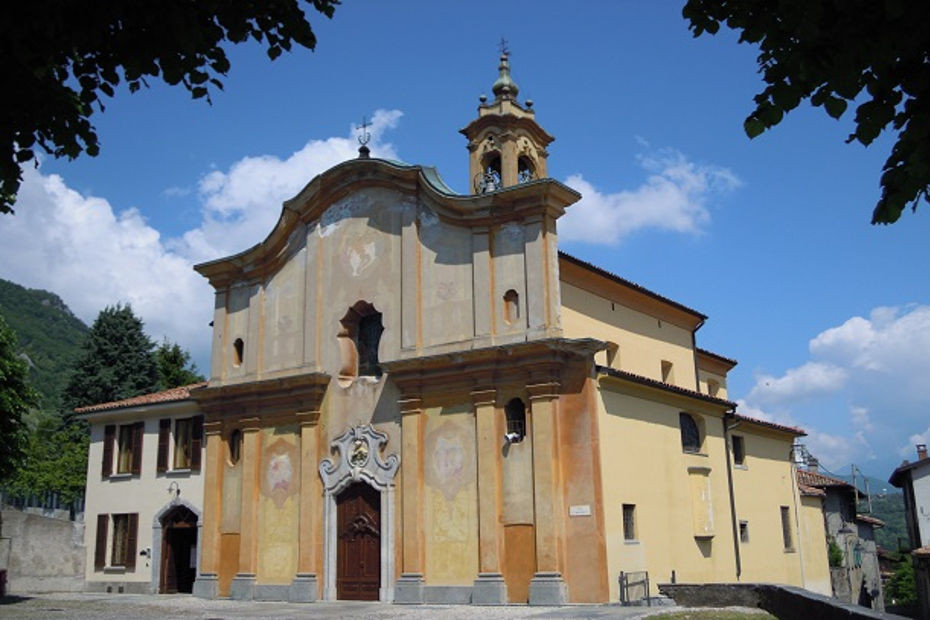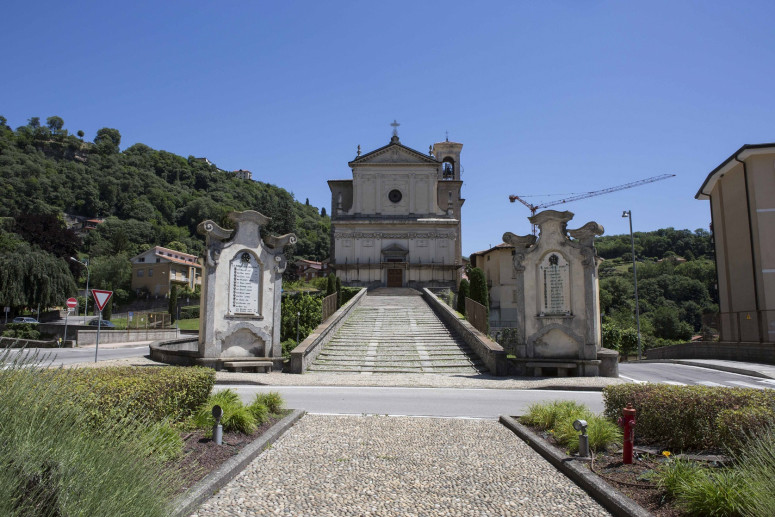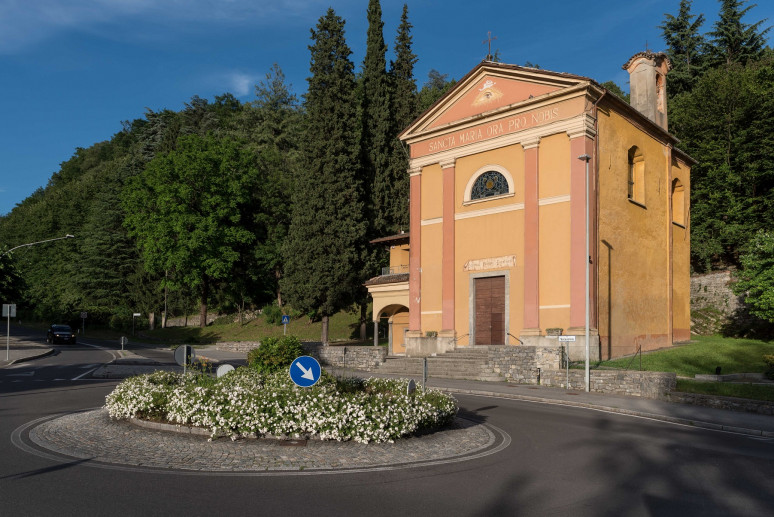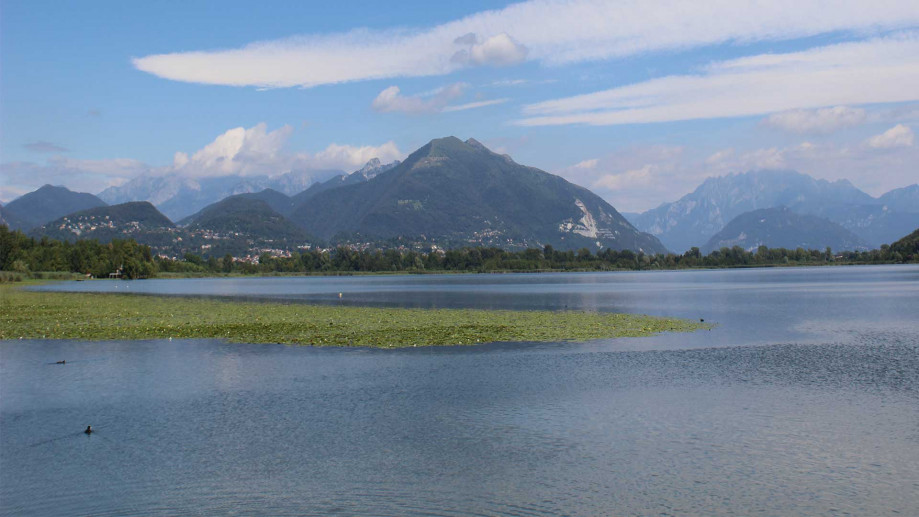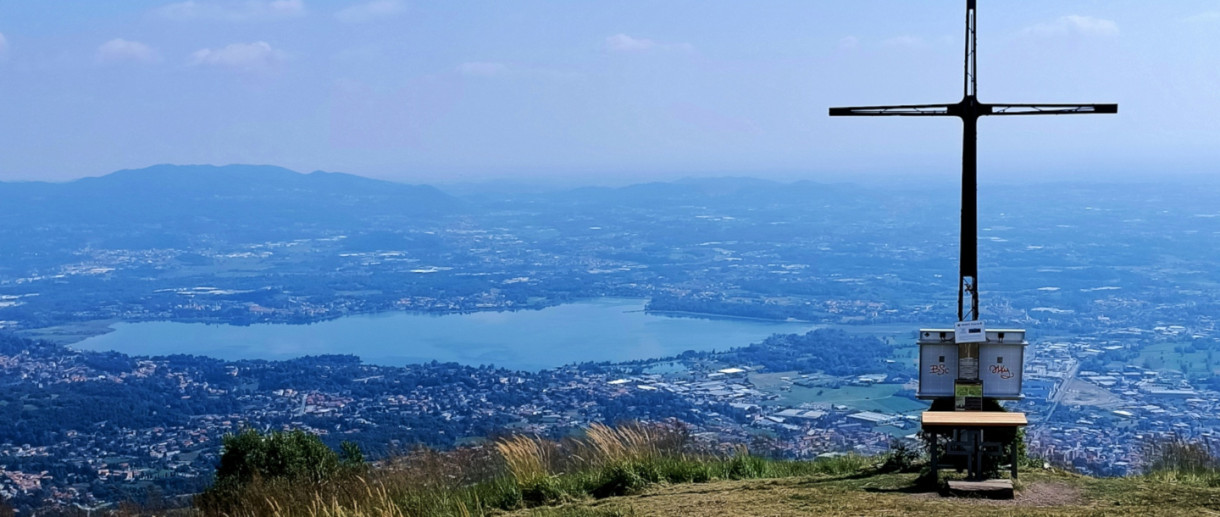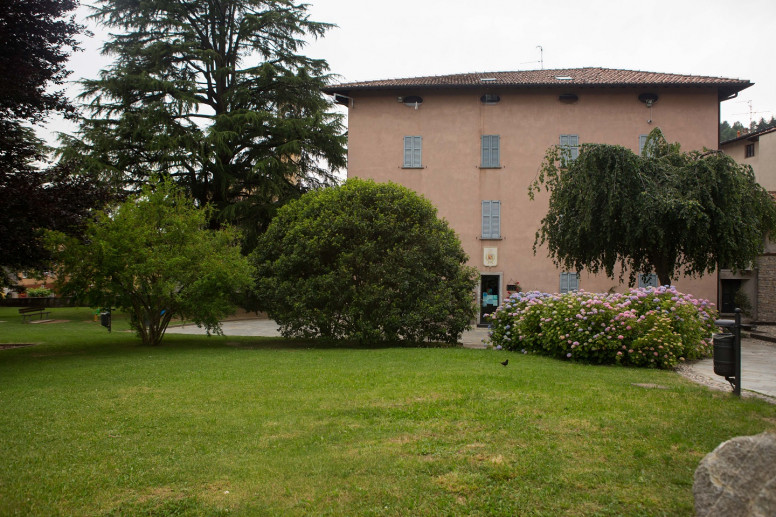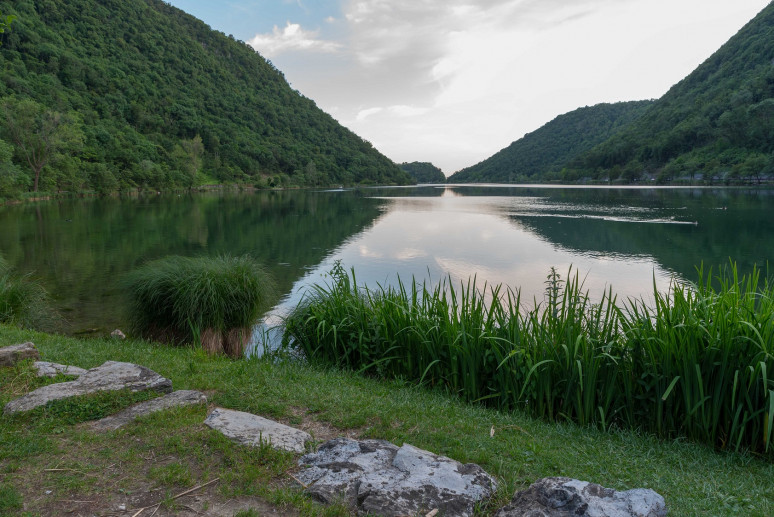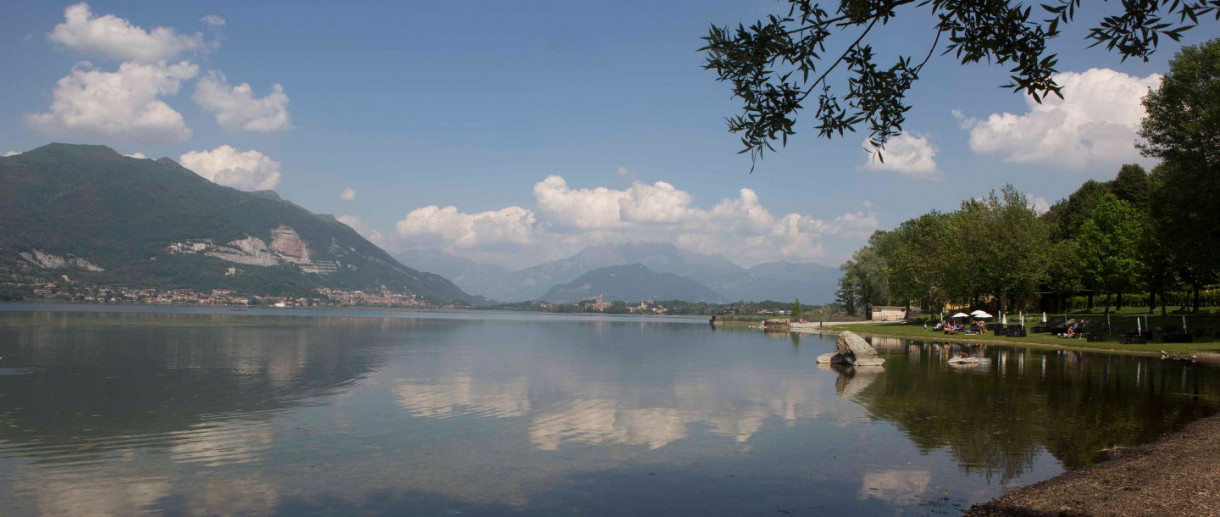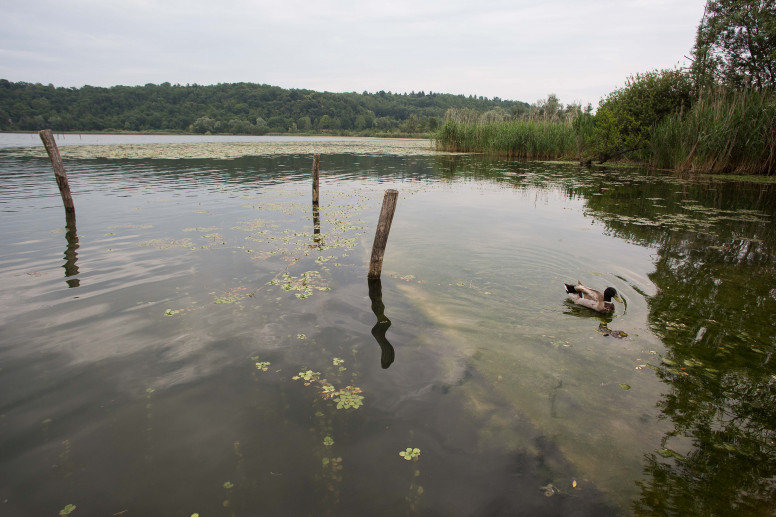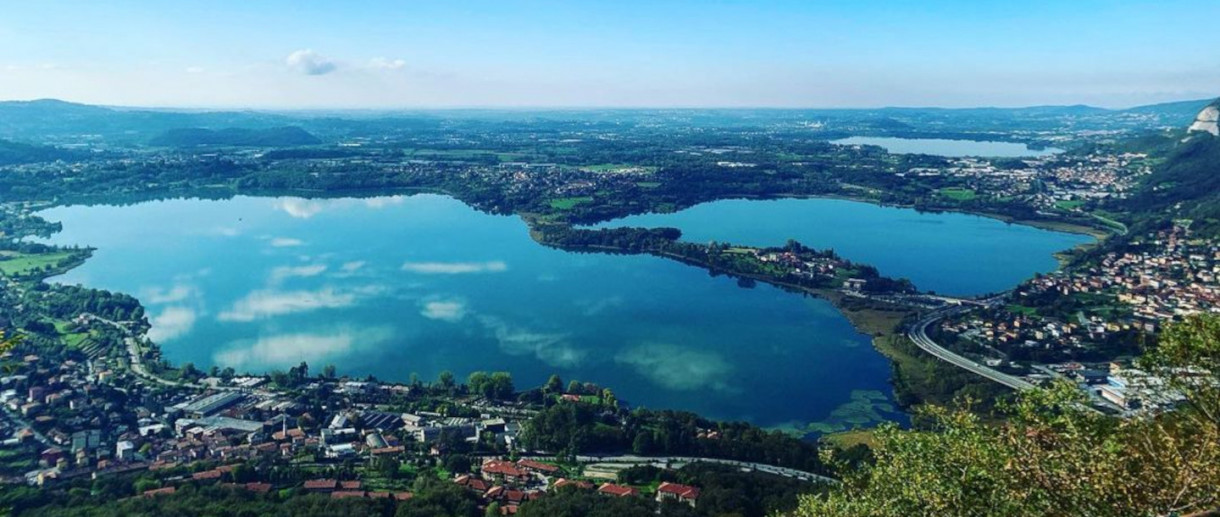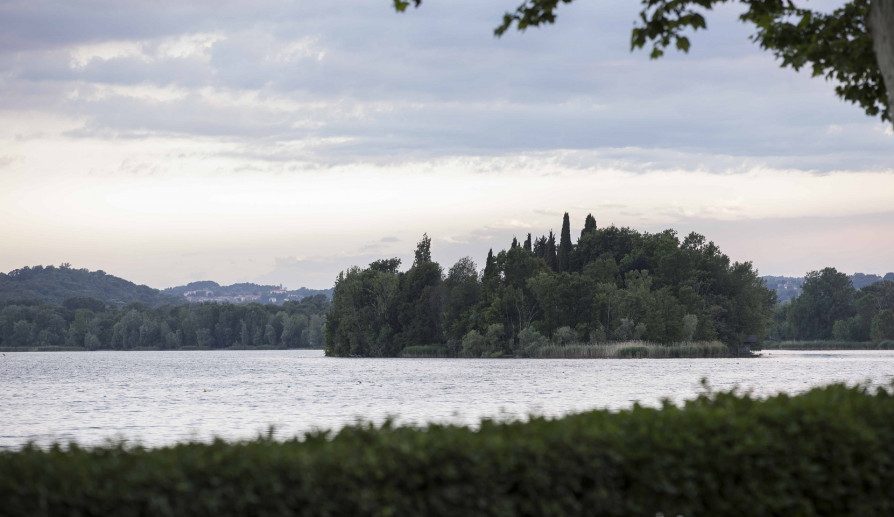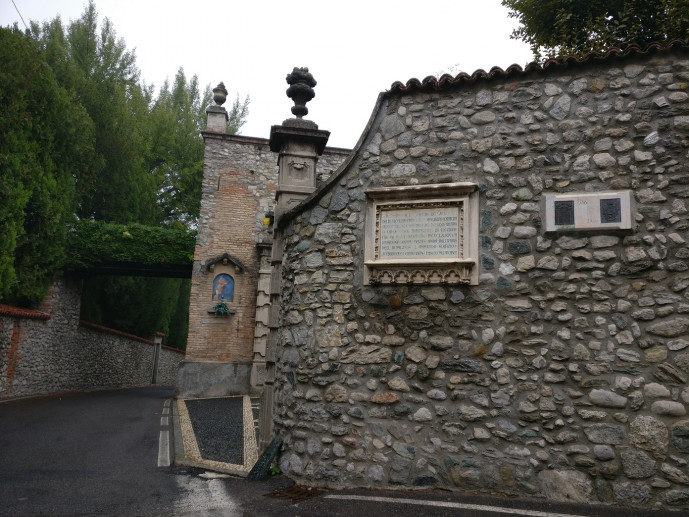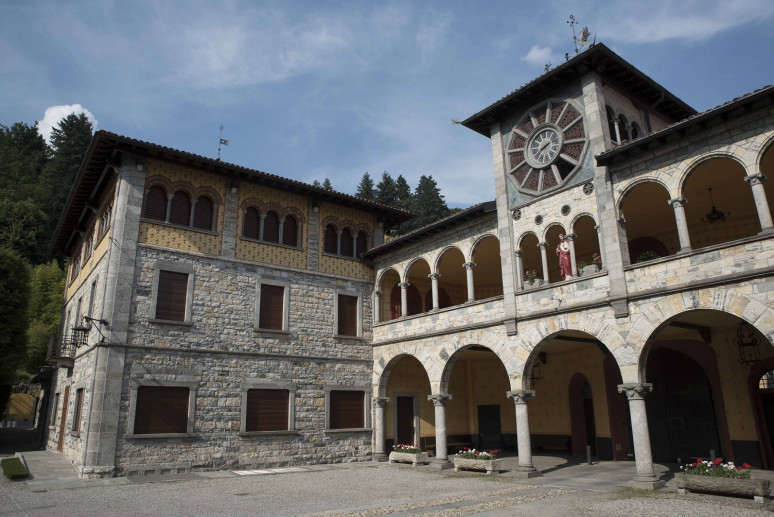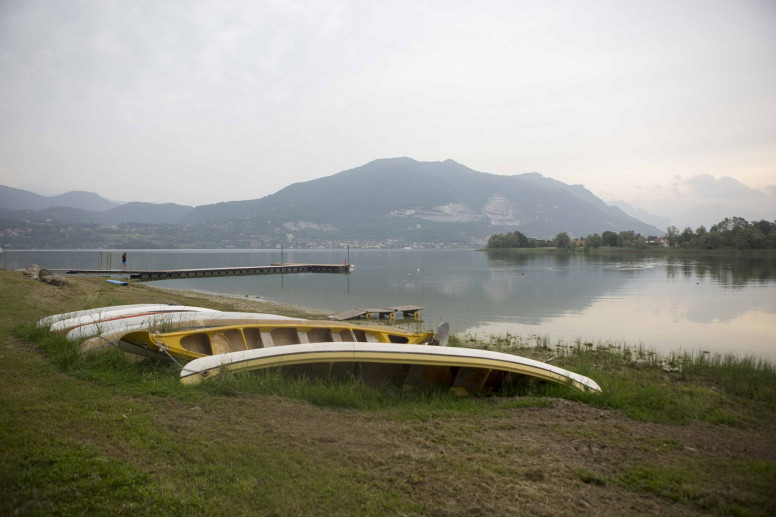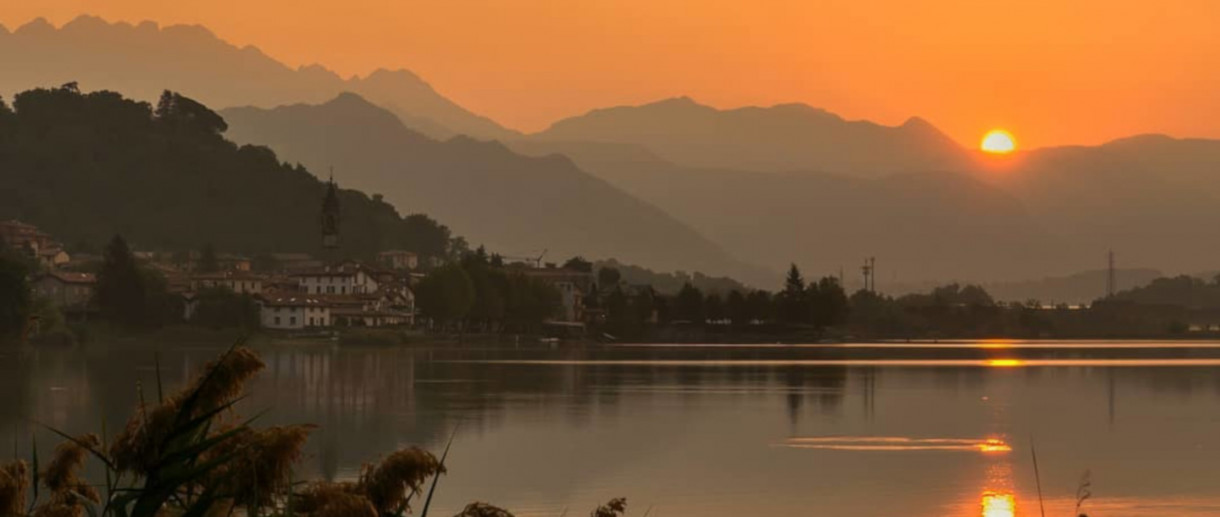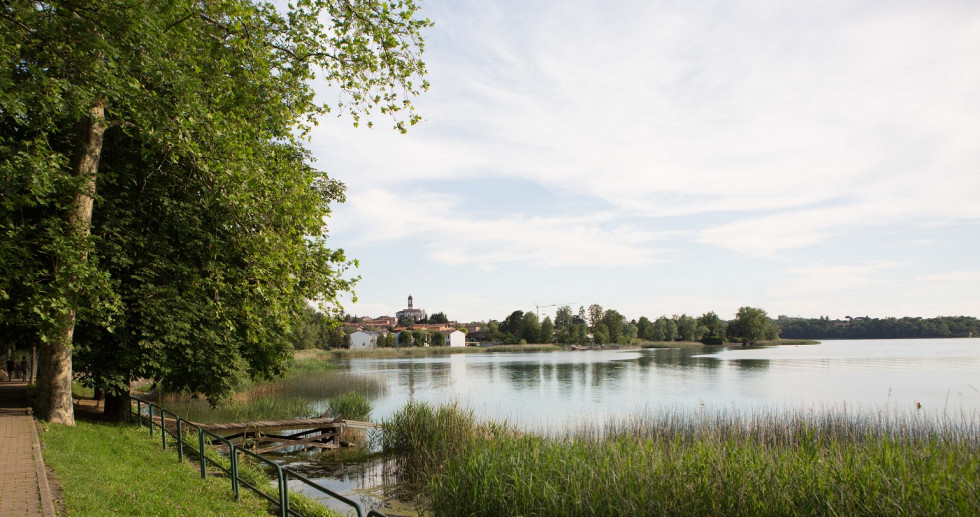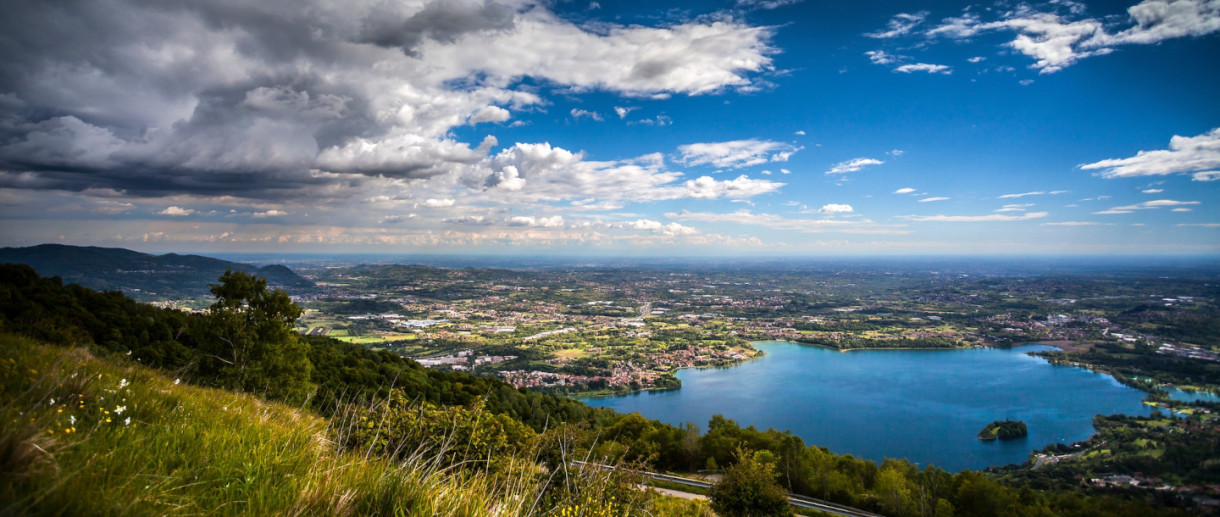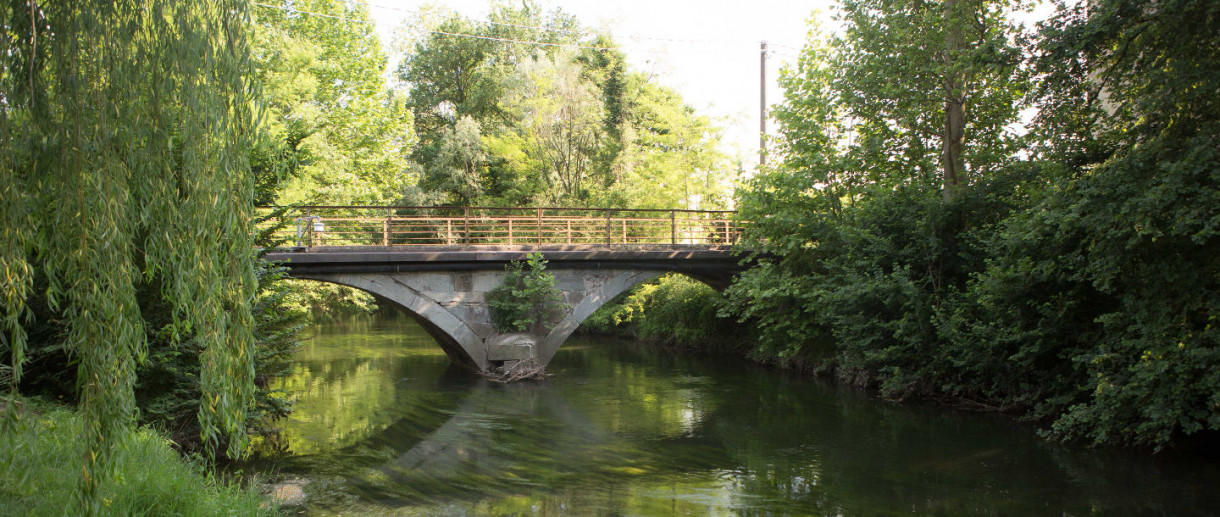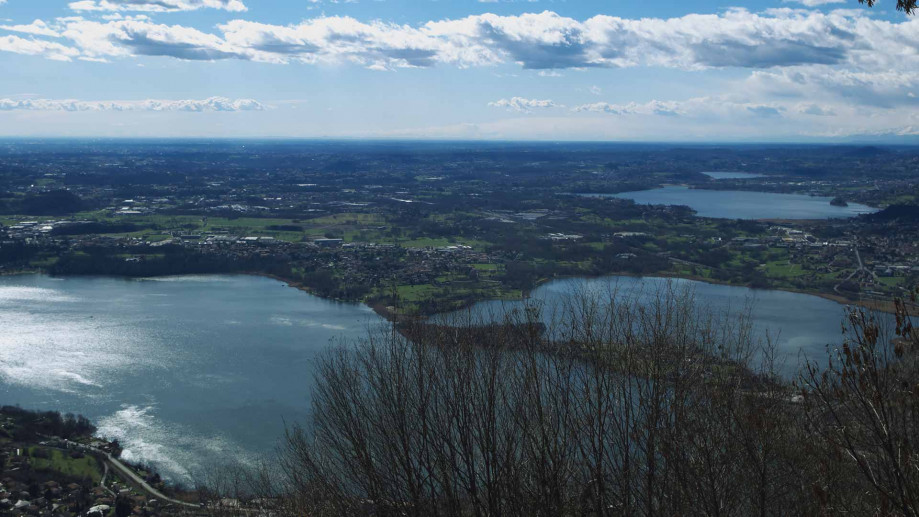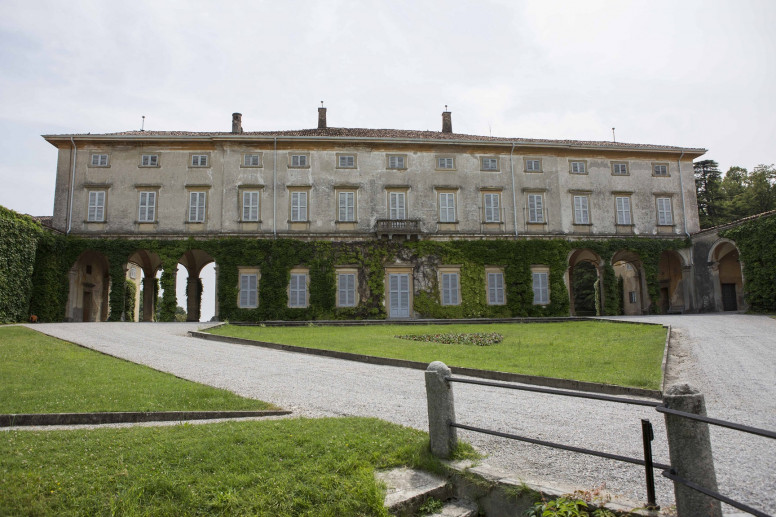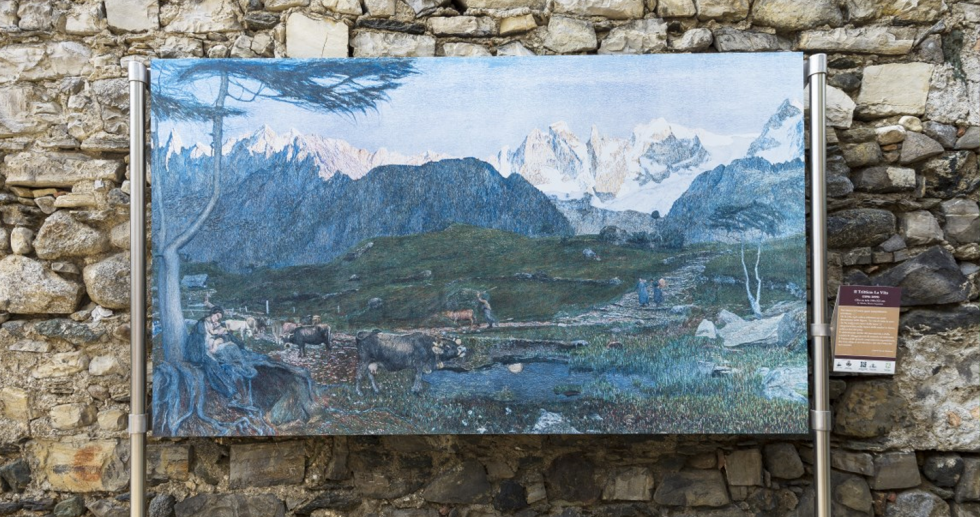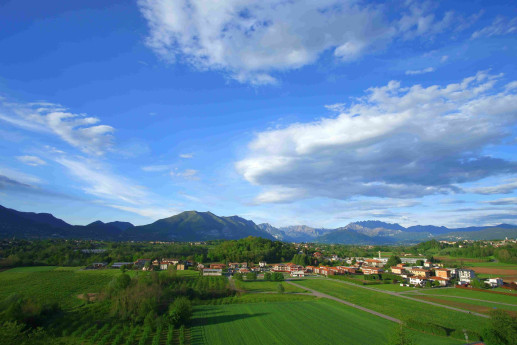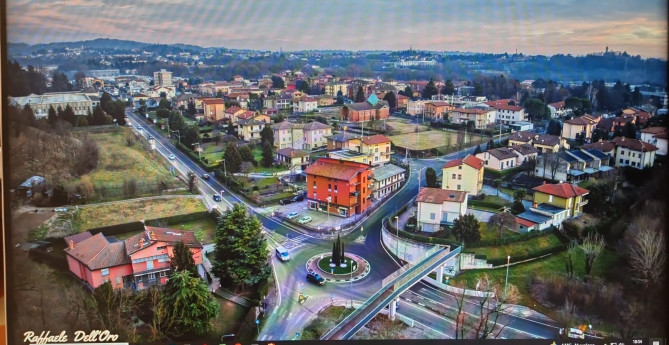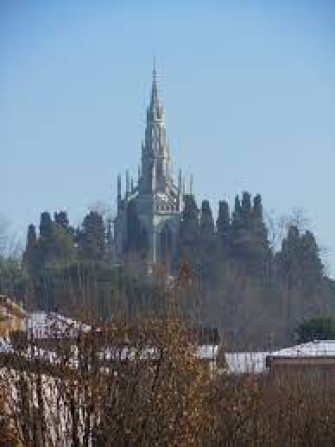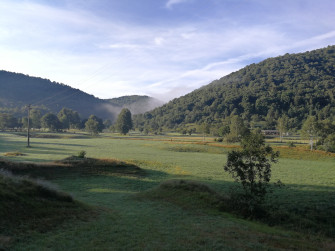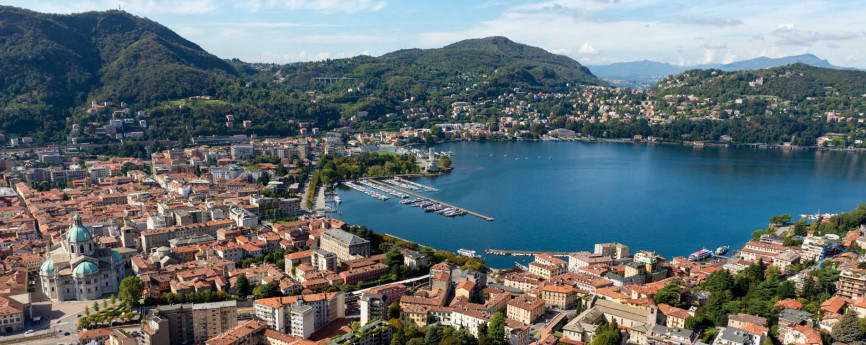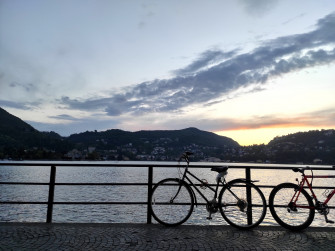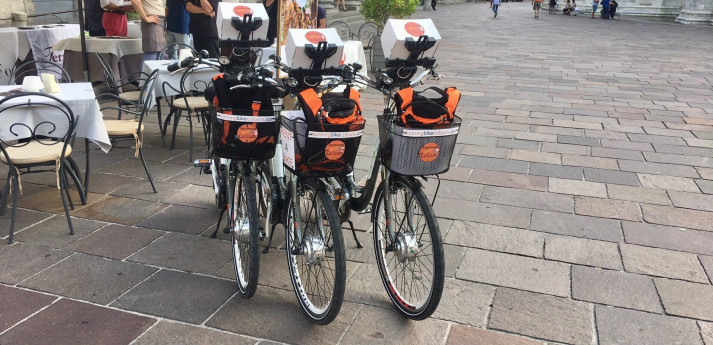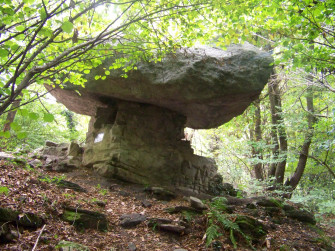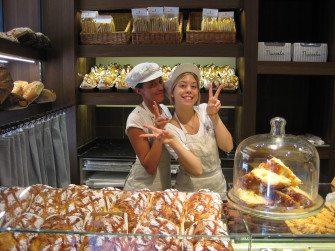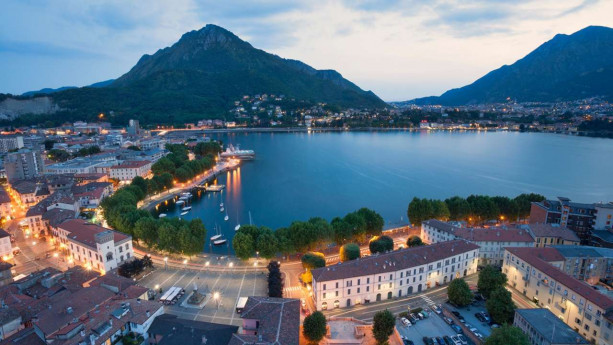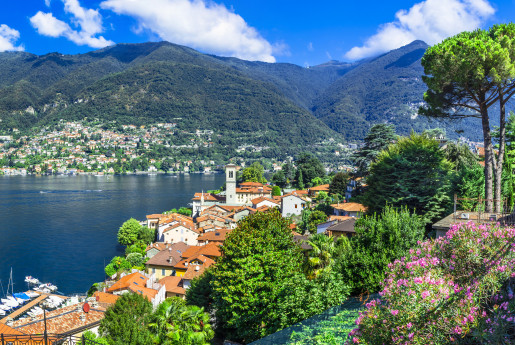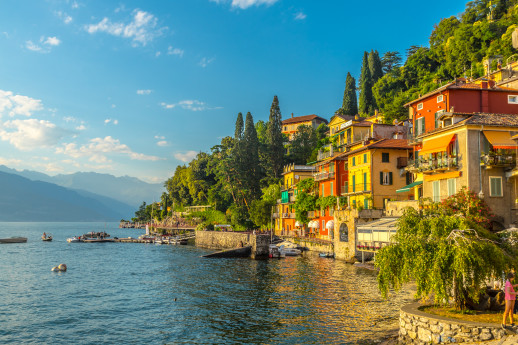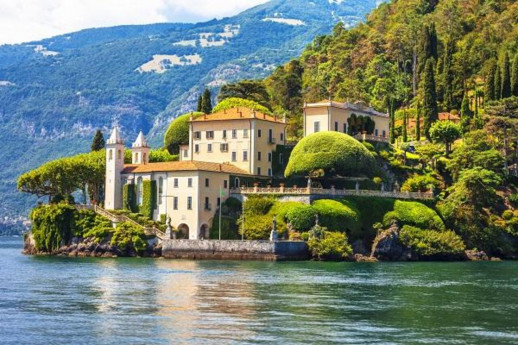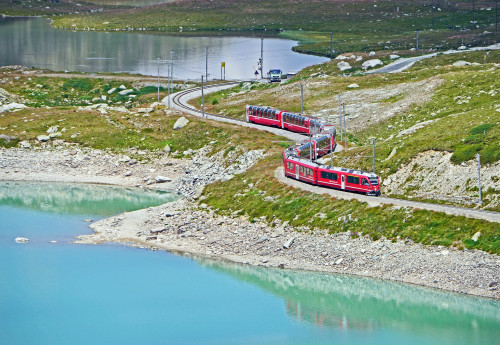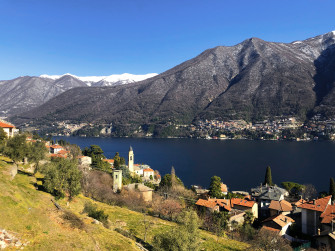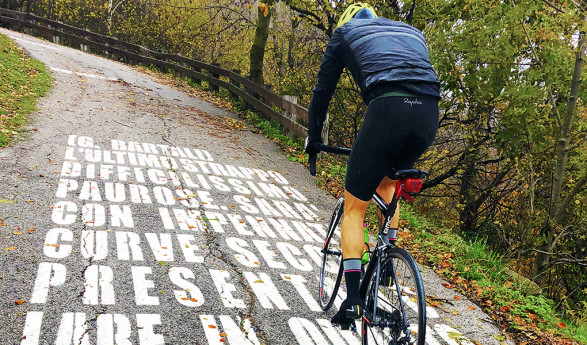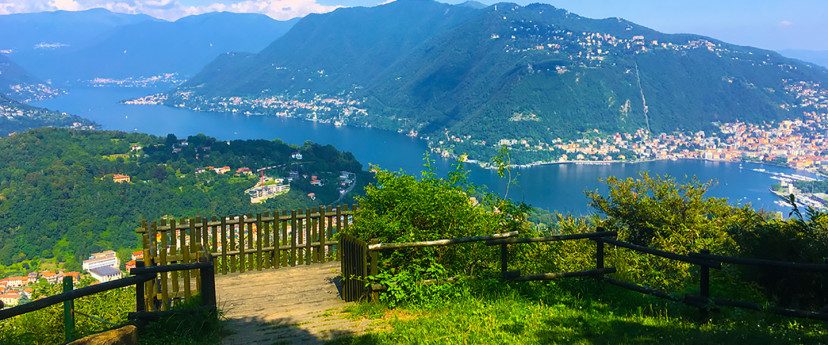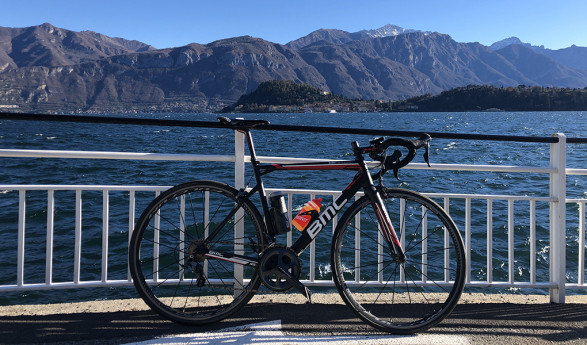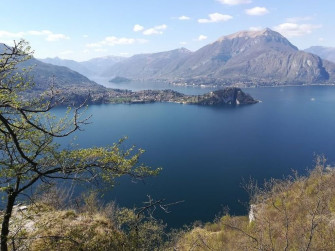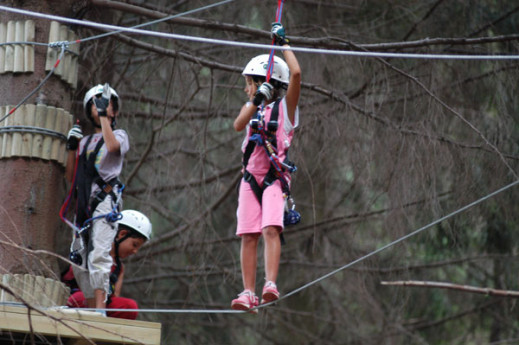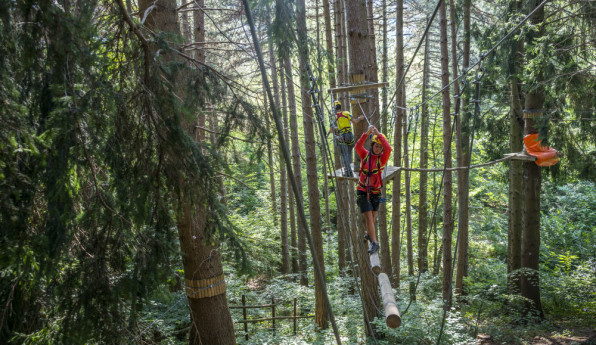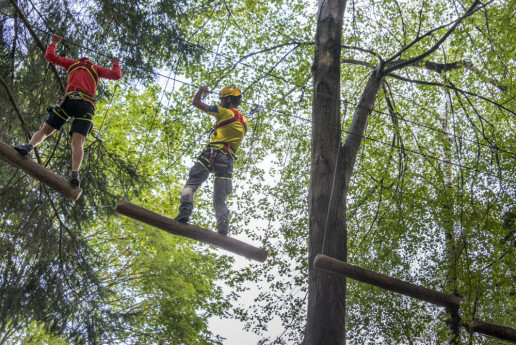- Active & Green
- Art & Culture
- Villages
- Lakes
Erba
Erba sits at the foot of the Lombardy Pre-Alps, on a plain of the same name
Erba sits at 320 metres asl, at the foot of the Lombardy Pre-Alps, on a plain of the same name.
This zone was already inhabited prior to Roman times as discovered by experts who have unearthed traces of settlements by the Orobi, Gauls, and Celts. The Via Valassina passed through Herba, the Latin name for Erba, and connected Milan with Bellagio.
Under Habsburg rule, various spinning mills were opened here, but the town was mainly popular as a holiday destination, a golden age evident by the presence of many Patrician villas where famous guests stayed, including illustrious poets and literati: Vincenzo Monti, Giuseppe Parini and Ugo Foscolo.
Erba was also frequented by the Italian royal family, because of the Eupili hippodrome, where Umberto I, Queen Margherita and the then prince Victor Emmanuel would come from Monza to ride. This hippodrome was built to fulfil the wishes of a personal friend of the king, Count Emilio Turati, on the plain where the Lambrone sports centre stands today. The most talented jockeys of the period raced here, including the legendary Federico Tesio. After the king was assassinated in Monza on 29 July 1900, the Savoy family no longer visited.
Between 1906 and 1928, Erba attained its current layout merging with the villages of Incino, Buccinigo, Arcellasco, Crevenna, Parravicino and Cassina Mariaga and the period following World War One saw the town undergo great economic and cultural growth.
In the twenties, the open-air Licinium Theatre was planned and built, a stone structure in Greek/Roman style comprising a large circular stage, flanked on both sides by a colonnade and to the front by stairs that, until midway through the fifties, thanks to performances put on by very famous Italian producers and stage designers, brought great accolade to this theatre.
Also worthy of mention is the monument commemorating all those who died in World War One which was built here between 1928 and 1931.
Again in the twenties, an airfield was built and inaugurated. Used up until 1932, it immediately became a point of reference for this area.
During World War Two, in 1944, Erba was bombed twice; the target was the German fuel depot to the south of the town, close to the railway in Sassonia, but other buildings and citizens also suffered.
The rebuilding that followed the war saw Erba the focus of expansion that turned it from a large town into a “small city".
